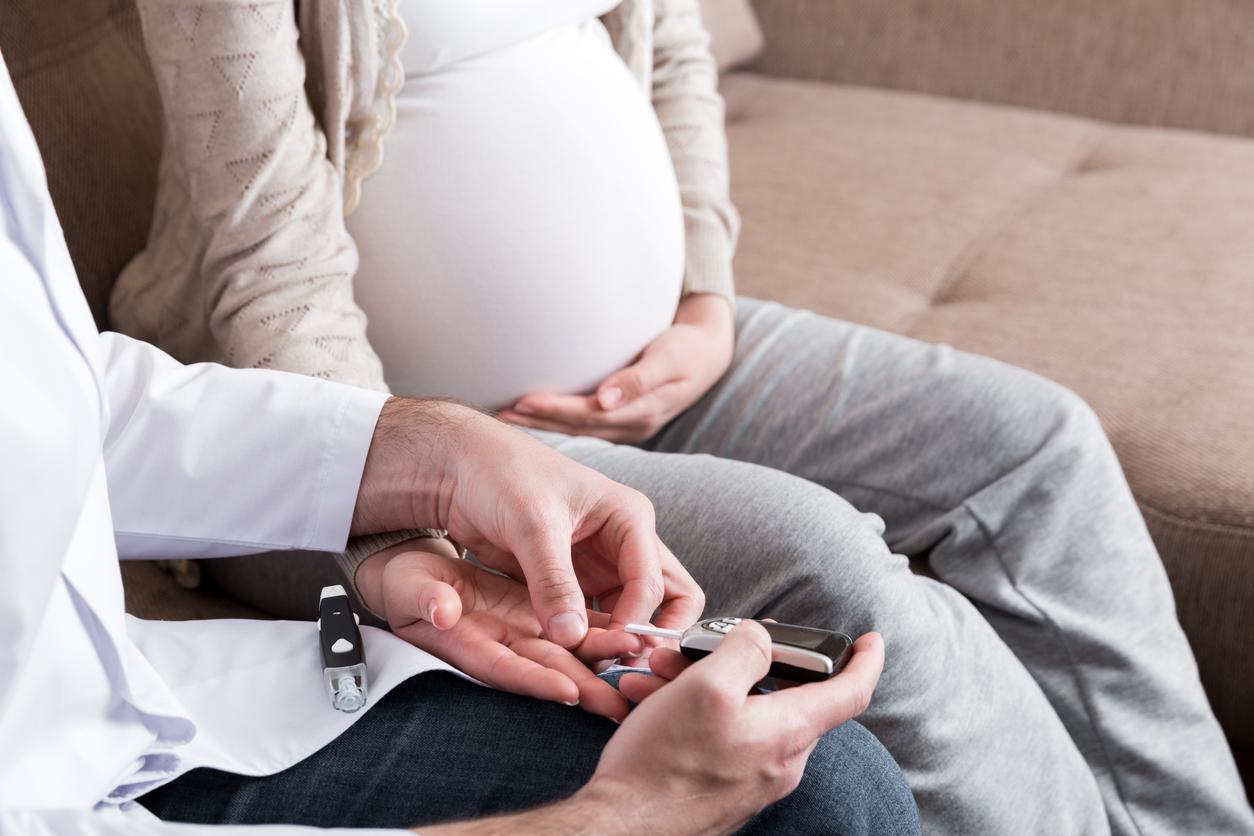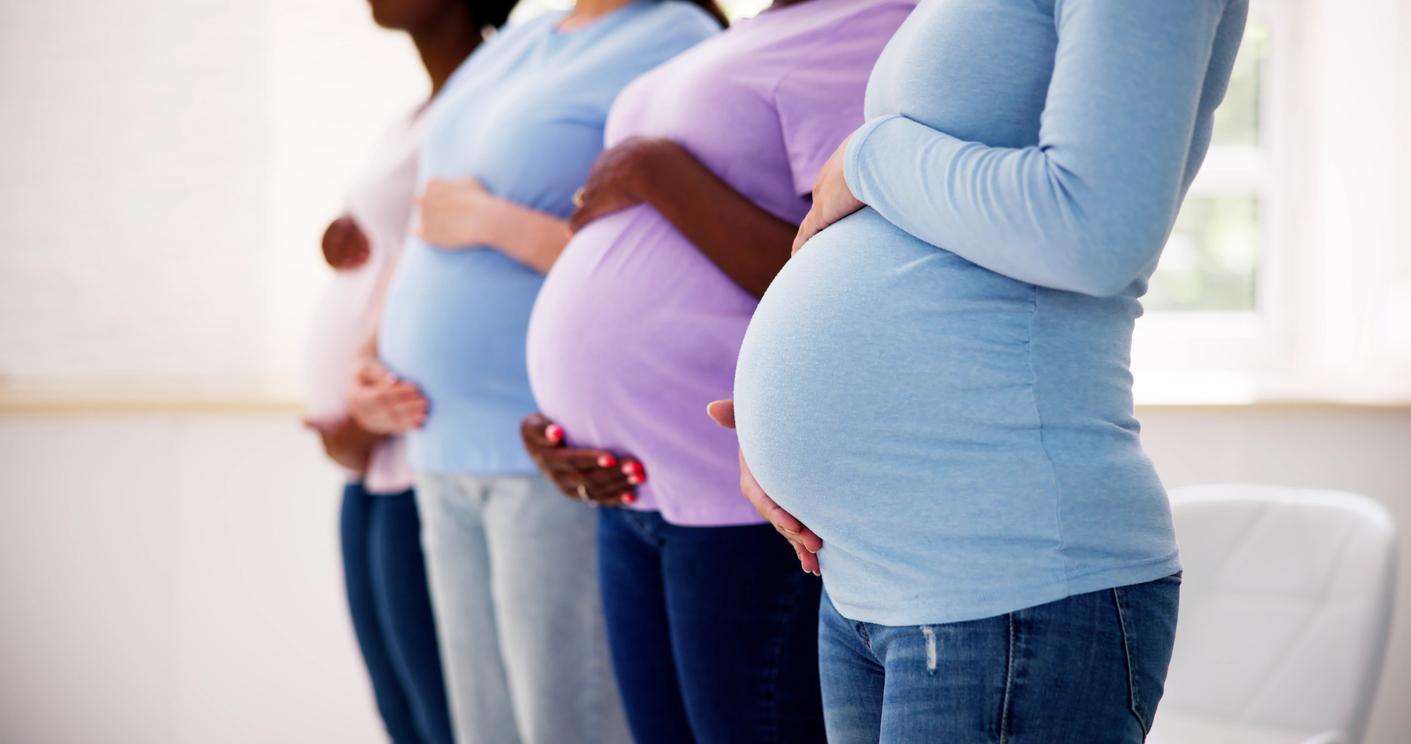The Rennes University Hospital recently got the green light to perform uterus transplants. A look back at this technique with Professor Jean-Marc Ayoubi, whose team at Foch Hospital (Suresnes) performed the first uterine transplant in France in 2019. An intervention which last February allowed a young woman to give birth to a little girl after having received the uterus from her own mother.

– Why Doctor: The University Hospital of Rennes has just obtained authorization to perform 16 uterus transplants. You are the one who carried out the first uterine transplant in France in 2019, which also resulted in the birth of a little girl in February 2021. Can you come back to the conditions of this intervention?
Professor Jean-Marc Ayoubi : This represented the culmination of a research protocol since it is a transplant that was performed as part of a clinical trial. Our hospital (Foch Hospital in Suresnes, editor’s note) worked for nearly 15 years on this protocol with around twenty researchers. The preparations were long because it is an intervention that had never been carried out before. Until then, these women who were missing the uterus were told that it was never possible, that they would never be pregnant. The idea was to complete what nature failed to complete before, that is to say, to transplant a uterus in place of the uterus that had not developed. These women who were born without a uterus had a perfectly normal genitalia, with a perfectly normal monthly cycle. So they only lacked the uterus.
– What were the difficulties to overcome to carry out this transplant?
We had to wait for the green light from all the authorities to have a perfect medico-legal, ethical, medical and legal framework and it took almost seven years to have all the authorizations and to include all the remarks emanating from the Academy of Medicine, the Living Donor Protection Committee, the ANSM and the Biomedicine Agency.
– How was the patient who benefited from this first uterus transplant in France chosen?
On arrival, we included this first couple, a living donor mother and her daughter, who ticked all the boxes to respect the protocol. There was in particular the fact that fertilization had worked well before any surgery (after a uterus transplant, it is necessary to perform IVF to achieve pregnancy, editor’s note) and we brought our robotic surgery technique which is now the reference technique and it is with this technology that we performed the first uterus transplant.
– Who is eligible for a uterus transplant?
Anyone who does not have a birth uterus is eligible for a uterus transplant. As part of the research protocol, it is part of the criteria. But once this protocol is completed, nothing prevents this transplant from being open to all other patients who do not have a uterus, whatever the cause.
– What are the other criteria?
There are around fifty criteria, age of course, we have set a maximum of 38 years because the objective of the transplant is not to carry out a transplant just to carry out a transplant, there must be a pregnancy plan. We are not going to do a uterus transplant in a woman who does not have a uterus at 55! We set this maximum age of 38 years for the recipient, 55 years for the donor. Obviously, they must both be free of any other disease, hypertension, diabetes, autoimmune disease. It is also necessary that the donor has not undergone a caesarean section and that she has a healthy uterus.
In the recipient, it must be ensured that she has no other illnesses which makes the risk of performing a transplant even greater. Everything is done to minimize the risk of complications.
– In this first transplant, the recipient and the donor are a young woman and her mother. Is this relationship essential?
The fact that in our donor-recipient couple it was the mother who was the donor did not pose a problem and it was done exactly like a kidney donation by a living donor. In the protocol, it is not necessarily the mother but it must be a related donor, volunteer, close to the recipient. It can be either the sister, the mother, but also a close friend and obviously in the absence of any form of material blackmail, it goes without saying, but also psychological.
– Precisely, what is the place of the possible psychological impact when one carries out the transplantation of an organ as symbolic as the uterus?
There are ethical questions, there are medico-legal questions, there are of course also psychological questions and this dimension had not been underestimated: there was a psychologist in the team who occupied and of the recipient and the donor. We had, before this first transplant, to exclude certain patients because with regard to their psychological situation, it was not perfectly framed.
– What are the chances that a uterus transplant will lead to a pregnancy?
If we look at all the transplants that have been performed around the world and the births they have resulted in, we can say that the chance of getting a pregnancy is remarkably high, we have at least a one in two chance. .
– Why is a spontaneous pregnancy impossible?
Spontaneous pregnancies are impossible because the tubes are removed. They are removed because the risk of them being poorly irrigated and necrosing leads to an additional complication. As a result, it is no longer possible for the recipient to become pregnant spontaneously.
The other reason is because the recipient is placed on immunosuppressive therapy after which we must wait at least a year before a spontaneous pregnancy. This means that we risk losing months of immunosuppressive treatment without having a pregnancy.
But theory, nothing would be impossible if we took the risk of leaving the tubes.
– Since it must be based on a pregnancy project, can uterine transplantation be considered as a new form of ART?
In any case, if there were no medically assisted procreation, that is to say in this case for fertilization, there would not be the possibility of carrying out this intervention and for it to succeed. to a pregnancy. But transplantation is something else. It is the treatment of part of the causes of infertility, uterine infertility, but it involves medically assisted procreation. In this infertility treatment process, uterine transplantation is a surgical component of the care and medically assisted procreation is also part of it to obtain the embryo and lead to pregnancy.
.















